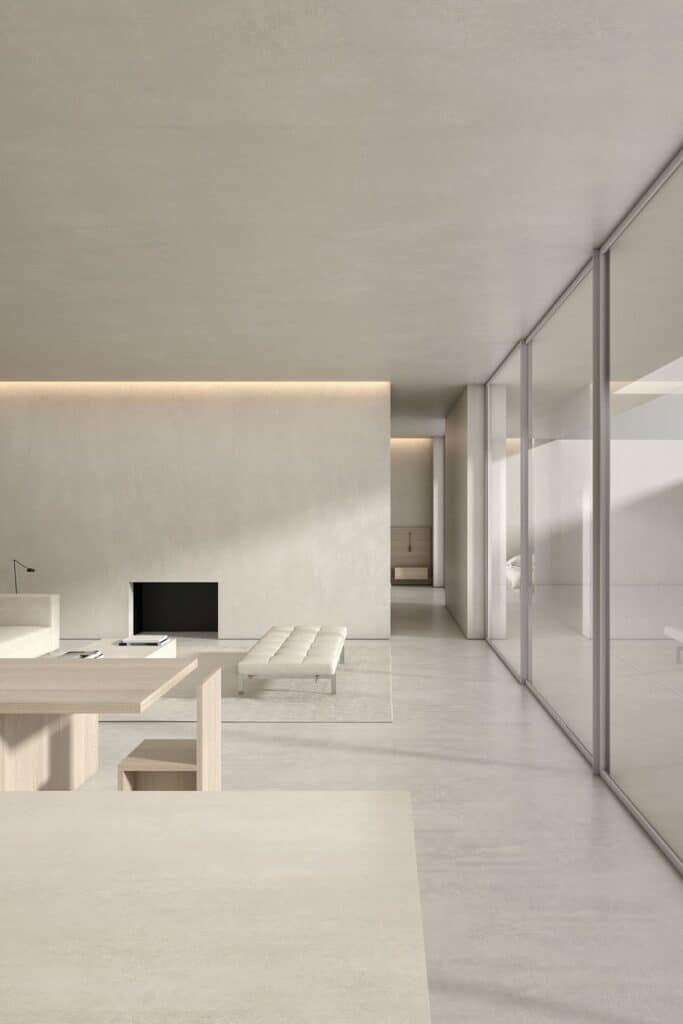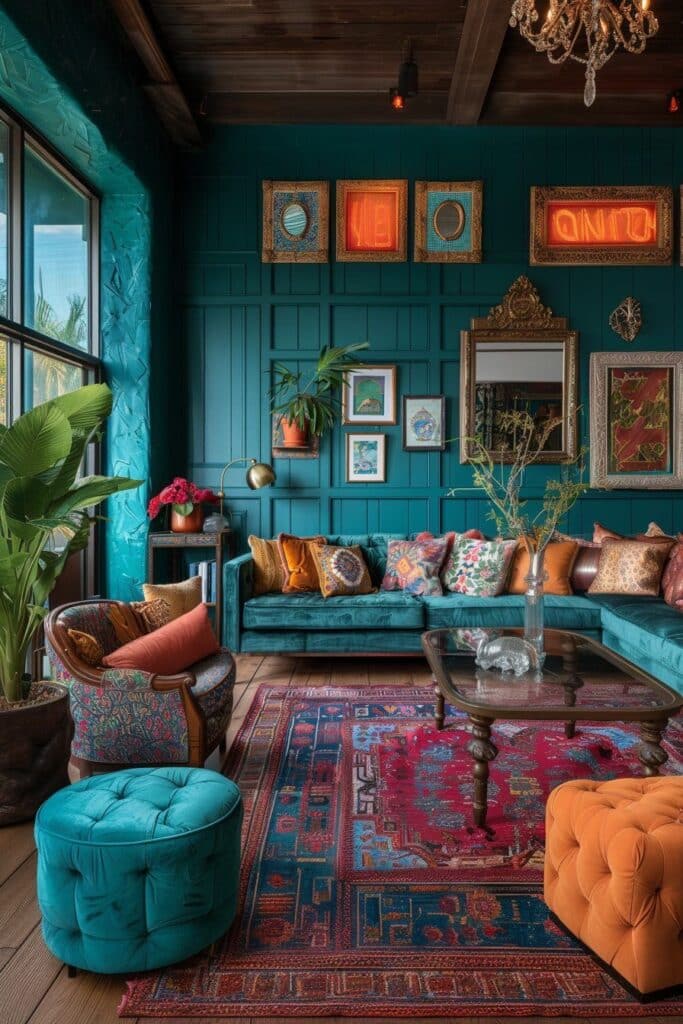In recent years, minimalism has become a dominant trend in design and lifestyle, celebrated for its clean lines, simplicity, and elegance. However, this trend often comes with a chromophobic minimalist palette dominated by neutrals such as grey, white, beige, and black, leading to sterile spaces devoid of life. Inspired by David Batchelor’s book “Chromophobia,” in this article, I am going to explore the cultural biases against color and argue for the expressive power of color to transform and disrupt society.
Disclosure: This blog post may contain affiliate links, which means I may receive a commission if you purchase the products I recommend. While purchasing the products I recommend won’t cost you any extra money, they will help me keep this blog up and running. Thank you for your support!
The Chromophobic Minimalism
In "Chromophobia", David reveals a deep-seated fear of color that has permeated Western culture for centuries. He writes, "Chromophobia—the fear of corruption or contamination through color—has lurked within Western culture since ancient times." This fear has led to the systematic marginalization of color, with color often being seen as frivolous, superficial, and even corrupting.
In the minimalist aesthetic, this chromophobia manifests in the preference for neutral tones. While grey, white, and black can be elegant and sophisticated, their overuse can also result in environments that lack warmth, vibrancy, and character. Most importantly, it is less expressive and more standard. Batchelor notes, “In the West, since Antiquity, color has been systematically marginalized, reviled, diminished and degraded.” This historical bias against color continues to influence contemporary design.


Why is the West obsessed with Minimalism?
Minimalist design can lead to spaces that feel monotonous and uninspiring. As Batchelor argues, “To make something ‘colorful’ is to make it less intellectual, less serious, less significant, and less important.” This prejudice against color reduces its role to mere decoration, ignoring its potential to communicate and evoke emotions.
The Expressive Power of Color
Color has the power to transform and disrupt. It can bring joy, energy, and dynamism to our environments. Batchelor emphasizes that “Color is not simply a question of aesthetics; it is deeply implicated in issues of identity and politics.” Throughout history, vibrant colors have been used to make bold statements, challenge norms, and evoke strong emotions.
Consider the use of color in various cultural contexts: the vibrant hues of Moroccan markets, the bold colors of traditional African textiles, and the striking palettes of contemporary street art. These examples show how color can be a powerful tool for expression and identity, challenging the notion that minimalism must be colorless.
The Social and Psychological Benefits of Color
Color also has significant psychological benefits. Studies have shown that colorful environments can enhance creativity, boost mood, and improve mental health. The monotony of grey, white, and black can lead to feelings of dullness and even depression. Batchelor critiques the association of color with the “other,” arguing that “Color is the property of some alien other—usually the feminine, the oriental, the primitive, the infantile, the vulgar, the queer or the pathological.” By embracing color, we can challenge these stereotypes and create more inclusive and stimulating environments.
Embracing Color in a Minimalist World
It’s possible to incorporate more color into minimalist designs without sacrificing simplicity and elegance. Consider using bold accent colors to create focal points, or subtle hues to add warmth and depth to a space. Experiment with different color combinations to find a balance that suits your aesthetic.
Designers and individuals alike should be encouraged to move beyond the fear of color. By doing so, we can create environments that are not only beautiful but also vibrant and full of life. As Batchelor writes, “Chromophobia manifests itself in the many and varied attempts to purge color from culture, to devalue color, to diminish its significance, to deny its complexity.” We must resist these attempts and recognize the full spectrum of colors as a vital part of our visual and cultural experience.
Conclusion
Minimalism’s dominance in design should not come at the cost of color. By embracing the expressive power of color, we can create spaces that are dynamic, joyful, and inclusive. David Batchelor’s “Chromophobia” challenges us to rethink our cultural biases and celebrate color’s ability to transform and disrupt. As Batchelor beautifully puts it, “Color is a kind of bliss.” Let us embrace this bliss and bring color back into our lives and spaces.


